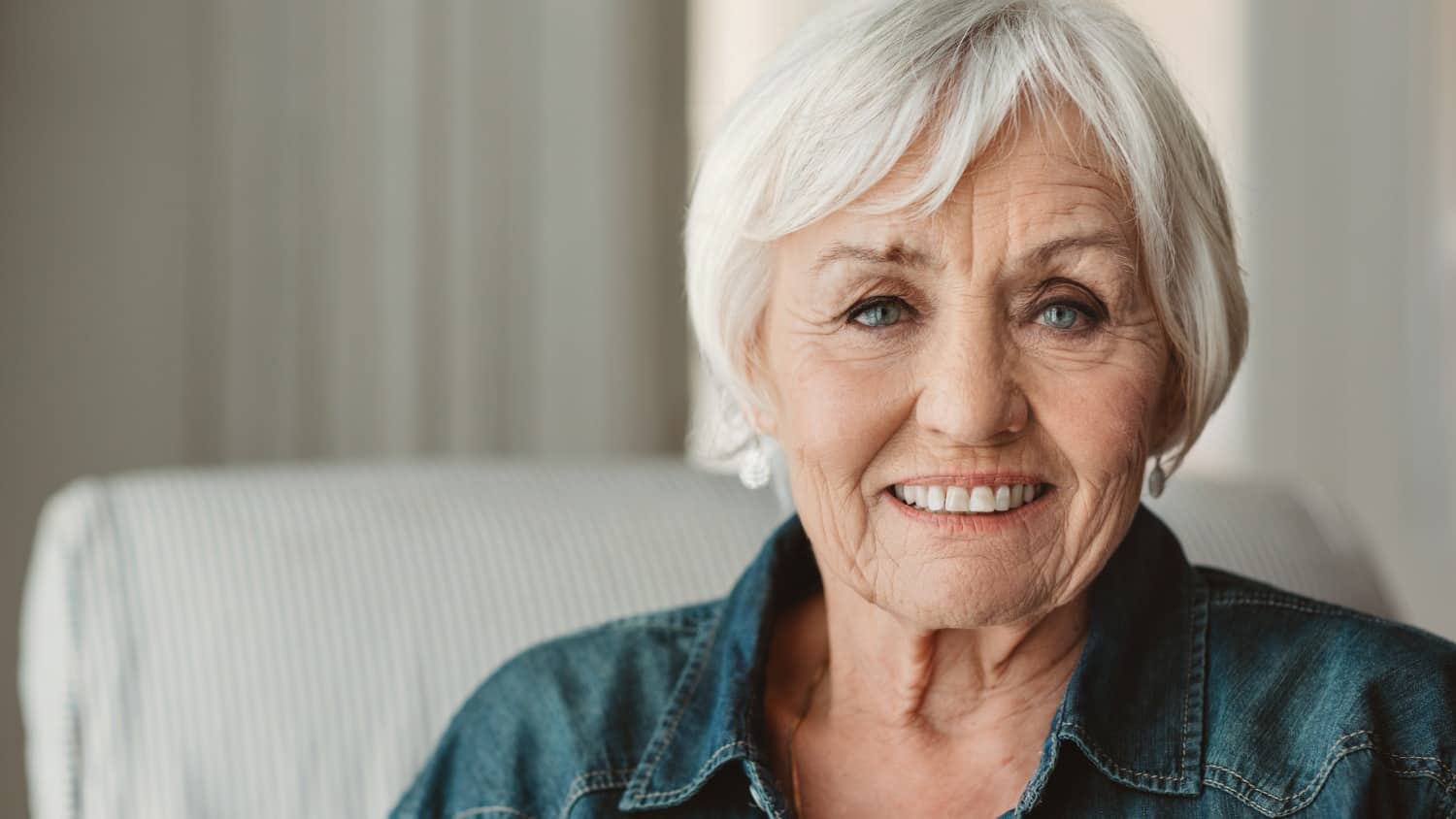
Suicide Is the End of a Story That Should Never End That Way
Kate Spade and Anthony Bourdain? Until recently, their names symbolized fashion and food. That changed in early June when these two luminaries committed suicide.
In time, their horrible endings will recede into the background, and the images of Kate Spade bags and unusual tastings and restaurants will return as the symbols of their lives.
The same thing occurred when the brilliant actor/comedian Robin Williams took his own life. We now think more of his talent than his self-demise.
What About the Rest of Us?
The cases of all three of these celebrities reinforce the fact that we are all human and not infallible to life’s challenges. After their deaths, many of us in the mental health community were on high alert.
Ordinary people feel overwhelmed by the challenges of everyday life. Consequently, my concern was that, if people who appear to have it all succumb to such an extreme measure, what about those who have less resources?
One of my clients came into my office, shaken by news that a friend of her parents’, a 53-year-old woman, was found hanging about a week after the Spade/Bourdain deaths. Imagine the trauma to her own parents who found her.
Apparently, this woman appeared to have a full life. Her marriage was allegedly strong. She had a major role in her church community, and the second of her children was to be married later this year. Nobody seemed to know what went awry.
What Pushes People?
What drives people to turn to this final act of defeat? Most people attribute such a decision to mental illness.
I agree that in the final moment there has to be some kind of pronounced denial, but truly, there are times when pain feels so consuming that the self-imposed victim sees no other choice.
Is this mental illness? Not necessarily. It is often desperation. Sadly, desperate people cannot see that there are many other alternatives, none of them involving death.
Many years ago, when I was in graduate school, the professors were very firm about their views toward suicide.
From the mental health perspective, which remains true today, suicide is seen as an extremely hostile act. Being younger and more naive at the time, I saw these professors as taking a harsh, hard line.
Now older and wiser, I hope, I understand their view, for the most part. I know that, in many cases, it is truly a self-absorbed act. No one else matters in that moment except the person who is taking their own life.
Often, there are numerous unanswered questions. Why, why, why? Children and spouses are left behind to wonder. Sometimes parents have to do the unthinkable and bury their own child against the natural order of how things should be.
Therapists, who are zealous in their attempts to thwart the plan, are left bewildered and traumatized. Many religious leaders in the west condemn the act of taking one’s life. Truly, no good comes of it.
It Is Not Always So Black and White
There are situations where I am more sympathetic than others in the mental health field. For instance, those who are wracked with physical pain – and, ultimately, more emotional distress – see ending their life as relieving them of chronic torture.
In addition, there are individuals like Mary Kennedy, the wife of Robert Kennedy Jr., who was troubled but under such scrutiny you can see how her demons overtook her.
Finally, I have heard of stories, such as one in India, where a woman was driven to suicide as a result of bullying by her husband and mother-in-law as they leveraged her extended family’s well-being.
I am not condoning suicide. In fact, I truly believe assistance from good-willed people can ward off the ultimate nail in the coffin, no pun intended.
There is, however, a sad gray area between the black and white perspective that is frequently proclaimed on this issue.
Many people say suicide is an impulsive act. I would concur. Yet, there is a methodical process involved. You have to plan it, and whatever the weapon of choice may be, you have to follow through.
Although asphyxiation through hanging was once far more popular with men, women are embracing it as a means to extinguish their life. Many of us in the field have discussed on numerous occasions – and still wonder – why people choose such a slow and agonizing way to die.
In addition to an instrument being accessible, it is final. When someone chooses this route, there is no turning back. Both the impulsive and methodical are here on full display.
A Disturbing Increase! Isn’t There Another Way?
As reported by the Wall Street Journal and other media outlets, the suicide rate has increased among 45- to 64-year-old women by 60 percent since the turn of the century. This is an alarming statistic.
More disturbing, however, is that researchers are still confounded by the lack of one factor to stimulate the decision, including obvious mental health comorbidities. In my humble opinion, lack of connection and purpose in the world are some of the contributors to this view of a meaningless life.
Anyone who says to me, “Is this all there is to life?” knows what my firm response will be. Absolutely not! One must never abdicate to such a desperate finale.
When my lovely client was leaving our session, after she shared her devastation about the family friend, I looked at her and said, “The rest of us must go on living and take on the unknown battles of life.” She smiled and agreed.
Henry Wadsworth Longfellow wrote a beautiful poem regarding life, called “A Psalm of Life.” Later, a man approached him and shared that the poem prevented him from committing suicide.
I suggest you read this eloquent, ageless poem, but in the meantime, memorize the powerful words in the last stanza:
Let us then be up and doing,
With a heart for any fate;
Still achieving, still pursuing
Learn to labor and to wait.
All of us must continue to heed his words. There should never be choice of suicide when it comes to the end of our story.
When you hear about a suicide, what is your first reaction? Do you think taking your own life is a decision worth making? Or does the thought of such an outcome terrify you? What would you tell a person if you knew he/she was considering a suicide? Let’s not stay out of it. Someone may need our helpful hand today. It’s time to discuss the topic.






